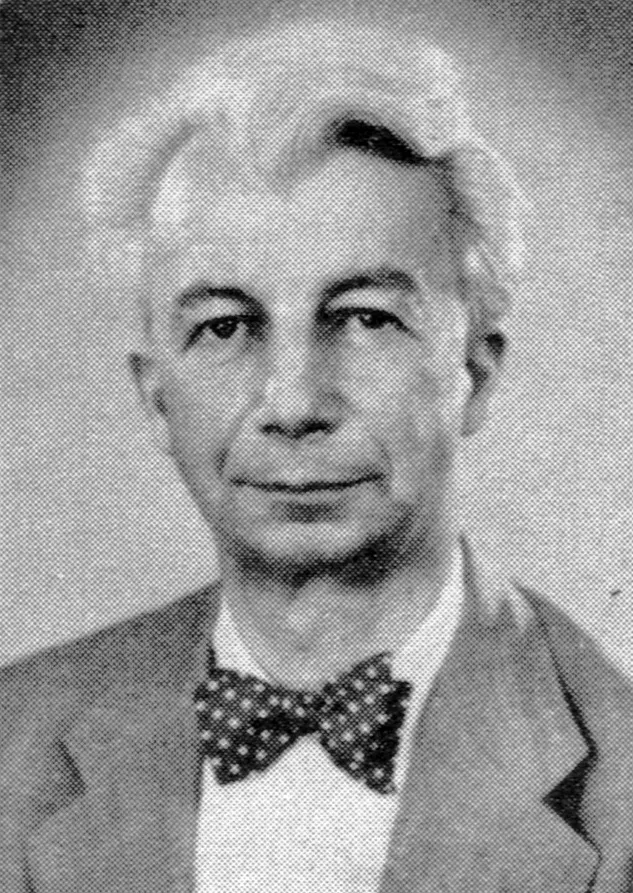The versatility of the arrow sign knows no bounds – from thin lines exuding delicacy to thick, heavy-set lines conveying stability and weight. Depending on its construction, the arrow sign can speak with individuality, even possessing psychological and emotional expression.




